The biggest adventure when travelling is usually the trip you forgot to pack any toiletries or you have been driving for km's on end before realizing your GPS malfunctioned. Even though it seems like a nightmare at the time, you stumble upon undiscovered jewels.
View and book accommodation with Gondwana Collection Namibia. 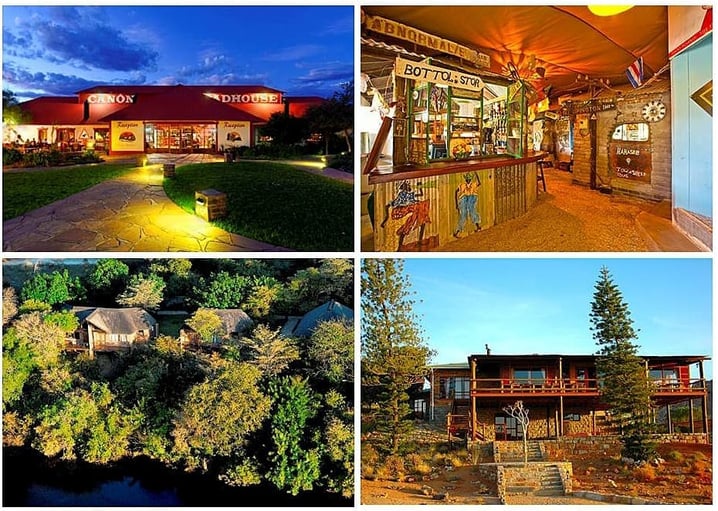
This is for you if you are on the verge of travelling to Namibia, and have absolutely no clue what to pack, where to stop and smell the flowers or which law to obey. Well actually you have to obey all of them. An insight in a nutshell of how to be travel savvy in Namibia.
Dresscode
The worst is to be under or overdressed. You packed your bag according to the weather channel, expecting cool temperatures. As you get ready to take on your first day of your long awaited African safari, you step outside and the heat grabs you by the ears with scorching temperatures. To add a touch of colour to the already purple drama, you realise, you packed the wrong shoes.
Comfortable shoes for those evening leisurely strolls are a must off course and boots ladies and gentlemen, comfortable hiking boots. You're gonna need em'.
When it comes to packing the right clothes for Namibia : there are two secrets. Number 1 - expect four seasons; chilly mornings, excruciating hot days, windy afternoons and freezing nights. This sequence is not a definite, and varies from region to region but can change in an instant. The second important thing to remember is to dress like an onion - layered.
What to pack
The words of Baz Luhrman suddenly jump to mind: ''If I could offer you one tip, sunscreen would be it. Sing, stretch, read the directions even if you don't follow them, but trust me on the sunscreen''.
A handy list of items to pack :
- camera and extra memory cards
- batteries & more batteries
- adaptors
- a first aid kit
- small sewing kit (yes really it does come in handy),
- mosquito and bug repellent
- enough bottled water
- a hat
- sunglasses
- lip balm
- a map / GPS
- binoculars
- a flashlight
- emergency numbers of the area
- copies of your travel documents
- toilet paper
- matches (use with proper care).
Make a list before you start packing, to ensure you are prepared. If you realise upon arrival you have forgotten something, don't let it turn your dream break into a travel apocalypse. Find the nearest shop, replace it with an alternative and just enjoy your holiday. Who cares if you have no make-up on or if your socks don’t really match? You're on holiday. Wear pink and green socks as a pair. You might just attract a nosy chameleon.
After a safari in Africa, WC Fields said: "Somebody forgot the corkscrew and for several days we had to live on nothing but food and water".
Driving Protocol
It is not advisable to travel alone for the simple reason; you will start getting lonely and howl at the moon. Not really, but it's more fun to travel with friends and family. Have a selection of your favourite music on hand to make the long winding roads a bit shorter.
As a self driver in Namibia, it is important to know, we drive on the left hand side of the road. Be very cautious and make sure you obey our laws and regulations like wearing your seatbelt. All passengers in the car must wear their seatbelts and it is important to have your valid driver's license and travel documents on hand.
The speeding limit in urban areas is 60km/h, and on tarred roads outside urban areas 120km/h. This may differ in area, region and suburb but road signs will help you along the way.
Savvy tip : Gondwana Collection Namibia recommends
 Caprivi Car Hire travel tip : Leave your itinerary with the Car Rental Company, or another preferred place. If you do not arrive at your destination, there are people who know where you might be.
Caprivi Car Hire travel tip : Leave your itinerary with the Car Rental Company, or another preferred place. If you do not arrive at your destination, there are people who know where you might be.
Savannah Car Hire travel tip : Driving in deep sand can be made easier by lowering the air pressure in the tyres to increase the gripping area.
The speeding limit on gravel roads are 80 km/h and a safe speed to drive is between 60 - 80km/h. Extra care and caution should be given as these roads can be unpredictable and when speeding; it is easy to lose control of the car. Some of the roads seem fairly smooth but don't give in to the temptation to drive too fast. Also be very cautious when driving in sand and on sandy roads. They are the most unpredictable and dangerous.
Do not drive off main roads; this may cause you to get either lost or stuck somewhere under the Milky Way, surrounded by only stars and the sound of the night. Actually that sounds great, right? No, don't do it. Getting lost is not a joke, especially in the desert areas. Stay on the main roads as indicated on the map or GPS. This is not just for safety reasons but to protect our eco system. Some areas are home to plants like the extensive fog lichen field north of Swakopmund.
The one factor I cannot stress enough is to drive safely, with utmost caution and care in Namibia. The condition of roads differs like day and night and if you do not know how to drive in certain conditions, like sand and mud, the consequences can be preposterous. Do not try to be brave and macho; rather take on unknown roads and situations with caution.
When driving in remote areas, make sure you have enough fuel to reach your destination, adequate amount of water, snacks, and a tire emergency repair kit. Although fuel is widely available in Namibia it is sensible to fill up regularly just to be sure.
It is highly recommended not to drive after dark. Destinations in Namibia are sometimes situated far from each other and it can be dangerous, especially animals out on their midnight stroll, attracted to the road by the lights of cars. A much safer option is to sleep over and continue your trip the next day. This way, you get to meet more people and experience a lot more on your trip. Stop frequently to take a break from driving, stretch your legs and get some fresh air.
For part 2 of Namibia Travel Tips click here.
Compiled by :
Jessica Thomas is a local freelance writer. She is an eccentric young lady who has a love affair with writing. Get on board her journey of discovery.

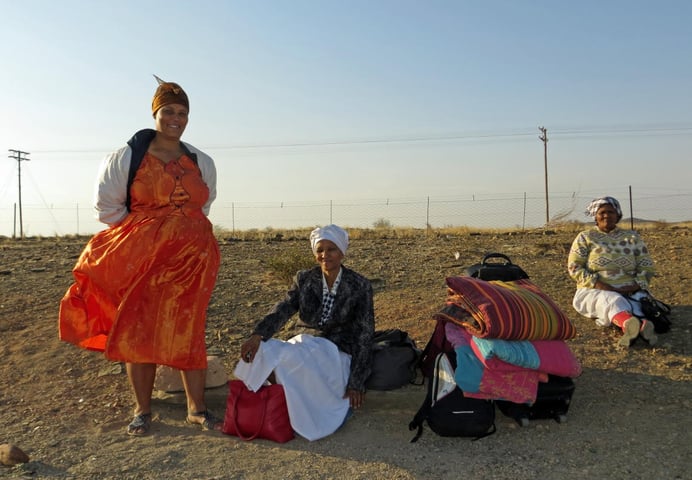


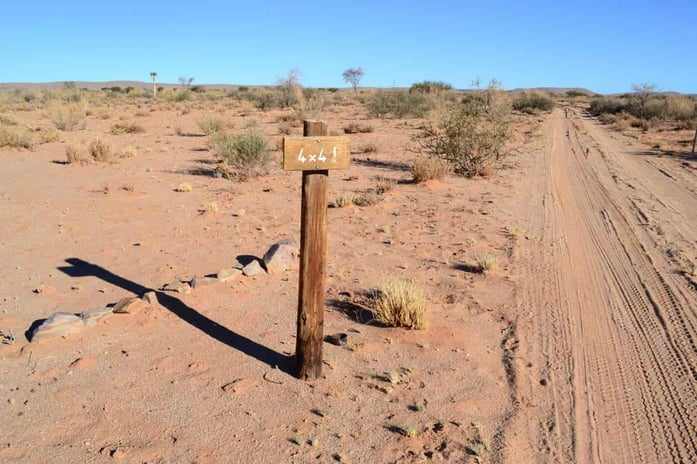
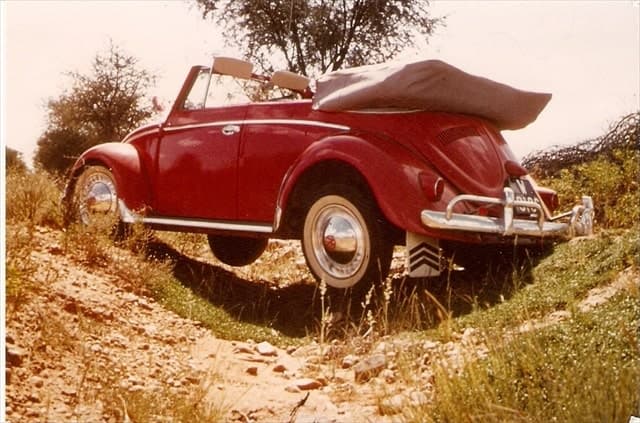

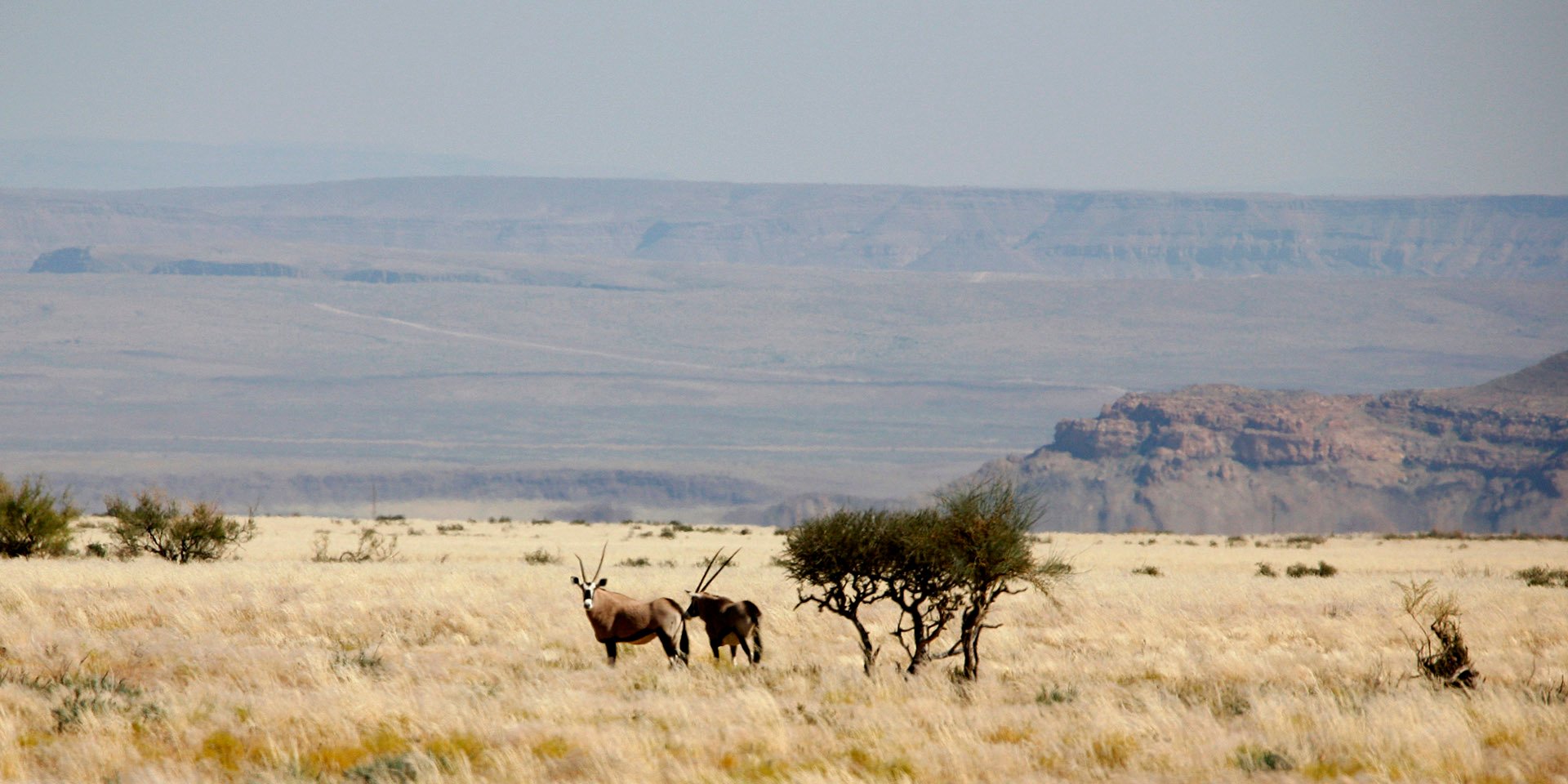
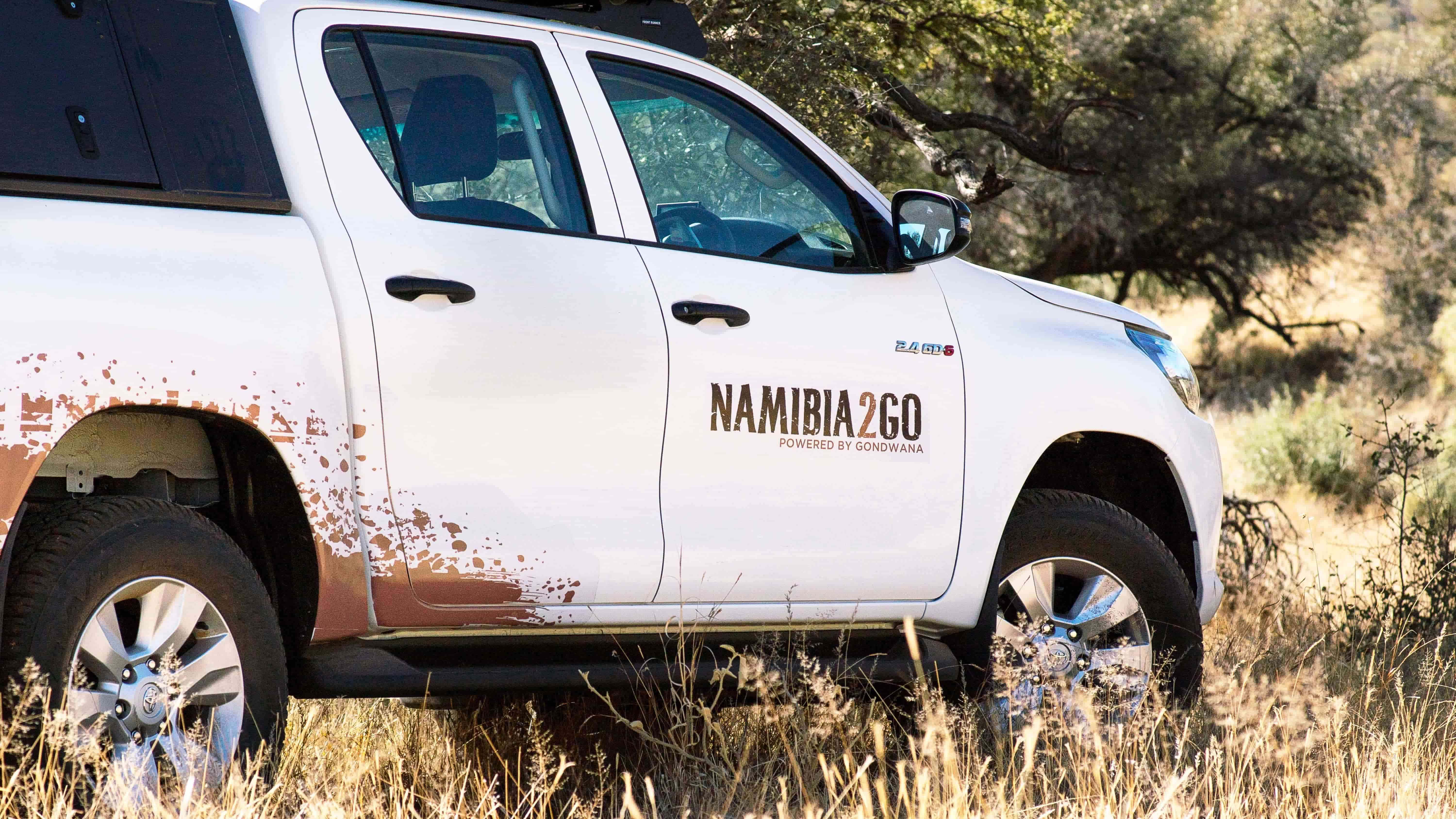


SUBMIT YOUR COMMENT